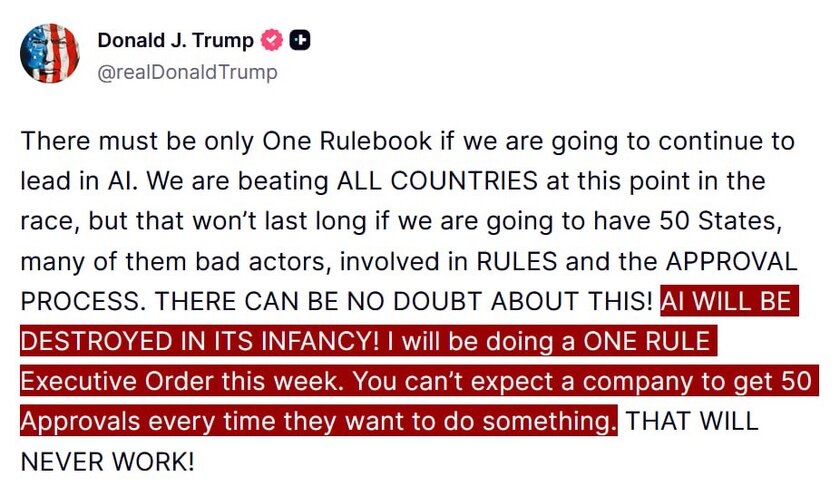On Sunday, the first wave of the European Union's landmark, comprehensive law governing digital assets will take effect. With the Markets in Crypto-Asset Regulation framework, Europe has succeeded in doing what other jurisdictions, including the U.S., are still avoiding: provide legal and regulatory clarity for not one piece of the digital asset market, but all of it.
Catalyzed by the specter of Big Tech, like Meta's Diem (formerly Libra) initiative, entering financial markets, or because of fears of unchecked cryptocurrency, the last five years have been marked by concerted policy development in Europe. MiCA will have a profound effect of permanently bridging digital assets and the real economy and doing so in a characteristically European way.
Dante Disparte is the chief strategy officer and head of global policy at Circle.
The views expressed in this column are those of the author and do not necessarily reflect those of CoinDesk, Inc. or its owners and affiliates.
In crypto’s first decade, much of the industry was characterized by an eye-watering and recurring boom-bust cycle that in many ways made this a uniquely American market. As a result, the U.S. dollar is not only the pricing benchmark for digital assets (courtesy of the steady rise of stablecoins, which now exceed more than $150 billion), but also the reserve currency of internet finance, as much as it plays that role in the real world. MiCA aims to address this by giving euro-denominated stablecoins, which will be classified as e-money tokens under the EU’s new rules, a chance at success and a 441 million-strong consumer market.
While some aspects of MiCA are protectionist in nature, anchored on shielding European consumers and investors from the fraud and risks that have plagued fast-moving crypto markets, there is also a degree of economic and technological sovereignty at play. This is most evident in how offshore stablecoins – diplomatically referred to as global stablecoins – are impermissible under MiCA. Stablecoins pegged to other currencies must primarily comply with e-money licensing requirements in Europe, which would entail abiding by prudential, financial-crime compliance and other rules. If the stablecoin issuer offers other crypto asset services, it must obtain a second license – either as a digital asset service provider (DASP), virtual asset service provider (VASP) or crypto asset service provider (CASP), depending on the jurisdiction. This requirement is a base level of compliance for digital asset safekeeping. In addition to these licensing requirements, gone are the days of amorphous crypto companies with no substantial presence in the EU.
Indeed, MiCA is as much about job development and economic competitiveness as it is about consumer and market protection. Licensed entities must have accountable “mind and management” in an EU jurisdiction through which they can then passport their operations across the federation thanks to pan-European regulatory harmonization – although there is still some distance to travel for national-level regulators to ensure MiCA comes into force smoothly across the common market.
For the crypto industry and its existential coupling with the banking sector, MiCA marks profound change, which only the most serious players are ready for. For example, in the resurgent stablecoin category, in which the dollar is the currency of reference, MiCA marks a proverbial fiscal cliff where unregulated or non-compliant tokens will ultimately be delisted or their access greatly restricted by crypto exchanges. The reason is simple. Rather than treating stablecoins like a fringe financial product or merely a poker chip in a crypto casino, MiCA brings stablecoins in line with longstanding electronic money rules. Therefore, all stablecoins offered by EU crypto exchanges must comply with rules for e-money tokens. This confers to the token holder a right of redemption at par for the underlying currency directly from the issuer, a way of reinforcing collective accountability and consumer protection in the interlinked digital asset value chain – from the wallet, to the exchange and, ultimately, to the issuer. Contrast this model to the amorphous standards or lack of prudential protections guarding against the run on the stable-in-name-only coin Terra Luna. If Terra Luna had abided by the e-money equivalent in the U.S., which are state money transmission laws, consumers could have been better protected from the crash
In the prevailing EU model, all regulated stablecoins will now have a common regulatory floor, which will not only encourage competition, but eventually lead to broader fungibility and interoperability in the EU market. Like all novel rules or comprehensive regulations, MiCA is imperfect, and in places overly prescriptive, so much so that EU policymakers are already contemplating MiCA 2.0, which would potentially fill certain gaps in the regime such as non-fungible tokens (NFTs), decentralized finance and other areas. While MiCA has now given European crypto market participants clear rules, on the U.S. side of the Atlantic, imperfect rules or a lack of federal regulations have enabled an industry to flourish. Should a trans-Atlantic technological rift widen – or should the U.S. and critical EU partners aspire to shared digital commons?
If U.S. policymakers take a competitive posture toward the EU in digital assets, a veritable "NAFTA for digital assets" can be contemplated across North America. A lasting alternative, however, would be to form a transcontinental Western alliance for digital assets that would enshrine shared democratic values in these emerging markets and with how exponential technologies shape the future.
Now that the world has MiCA, it's time for the U.S. to act and reassert its place as the global leader in financial services regulation and innovation.





























